Notes
David Butow, Ferguson and the Crisis, in Our Media Culture, of Seeing What's There
(click for larger size)
As far as most of us can see, we are beset by crisis. There are the crises in Israel and Palestine, in Syria, in Ukraine, in Liberia and Sierra Leone. There is the crisis of racial and economic inequality here in America. What confounds those crises, however, as media imagery is plentiful to come by, is perhaps an even deeper crisis — it’s a crisis of perception. In what I refer to as our “persuasion society,” objectivity is an antiquated notion and every event that takes place is one more opportunity in the public sphere to confirm or undermine a preexisting point-of-view.
That’s why the zine David Butow is self-publishing of his photographs from Ferguson has a larger intention. In explaining his motivation below, he also offers some context for this “transcendent” photograph. Reflecting the paradox of seeing what’s there, it’s not what you’d expect. – M. Shaw
**************************
The events in Ferguson last year, the shooting, the protests, the media coverage is like a complex social Rorschach test. What happened there and what it means depends on how you’re looking at it and on who you are.
After the shooting and the start of the protests, I was a consumer of the story for several days through media coverage before I went to Ferguson myself. It was an interesting way of doing it because my own preconceptions became apparent after I got to the scene, talked to people and witnessed events firsthand without the filter of commentary. What I experienced challenged my own biases.
There is certainty about the basic facts of teenager Michael Brown’s death, however there will never be a consensus about the exact nature of the collision between him and police officer Darren Wilson and why it escalated to a fatal conclusion. Much of that depends on the varied interpretations of eyewitnesses, and of course, one of the two key figures cannot speak for himself. Regardless, many people who had never heard of these men, or Ferguson, Missouri, prior to August 9, 2014 have a visceral response to what happened there. This reaction must be viewed in the continuum of racial history in the United States, chiefly the imbalances of power and the struggles for judicial equality.
I’d seen similar dynamics occurring when I was a magazine photographer in Los Angeles during the Rodney King beating, police acquittal and subsequent riots, and a few years later during the O.J. Simpson trial. The events are so complicated, so charged with racial history and people’s personal experience that it’s like the movie “Rashomon,” there is no single correct way of looking at them.
With that in mind I approached my photographic reporting in Ferguson with a desire to get beyond the specifics, the extremes, the theatrical and go straight towards human reaction and emotion that I could witness myself. I just wanted to find and record things that seemed “true” to me.
After having made two trips, the first after the shooting, and the second, after the grand jury decision I decided to compile the work in a 64-page zine that would create a record both immediate and permanent, that would hopefully add some nuance and depth to what people saw in the media coverage.
I want to also talk about the photo leading this post, though, as it goes to the heart of these “multiple truths.”
I took this picture at the scene of the shooting right before the start of a march organized by the NAACP. I don’t know the backstory of these two guys, I can only tell you what I saw. Both of them were speaking independently and emotionally to the assembling crowd. The man on the left had a lot of critical things to say about the police, the white establishment and the NAACP who he described as not understanding the true conditions of people in the neighborhood. He was passionate, articulate and coherent.
The man on the right was, in my judgement, speaking less-coherently. He was very emotional and seemed to be getting so worked up he was a bit out of control. At some point, the other man put his arm around him. Given the situation and their skin colors, it’s easy to say the gesture was expressing a small moment of “racial healing.” People have said they like the picture because that’s what it shows, and that may be true, maybe the picture does show that.
My impression, having watched these guys for several minutes, is that the gesture by the man on the left actually transcended race. I think he was looking after this guy simply because he thought another human being needed help, needed to be calmed down a little and there was kind of an older brother, bigger guy/smaller guy aspect to the interaction. I wanted to believe the racial component was irrelevant to these guys.
That’s the interpretation I prefer, so maybe that’s why I have it, but I didn’t talk to either of them so I’m just guessing. “Truth” in these situations is elusive, you can only see and communicate what seems right to you.
— David Butow
To read more about this project and to support David’s Kickstarter which runs through this Friday, click here.
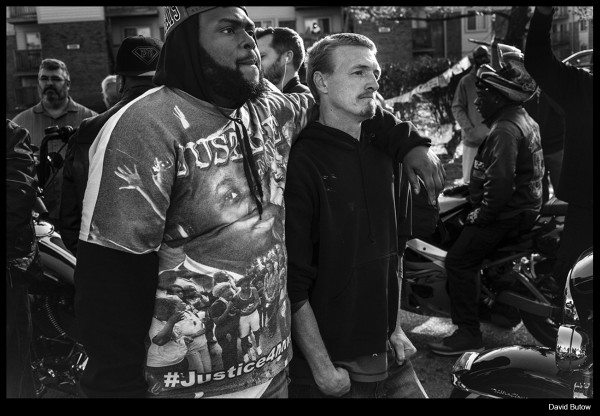
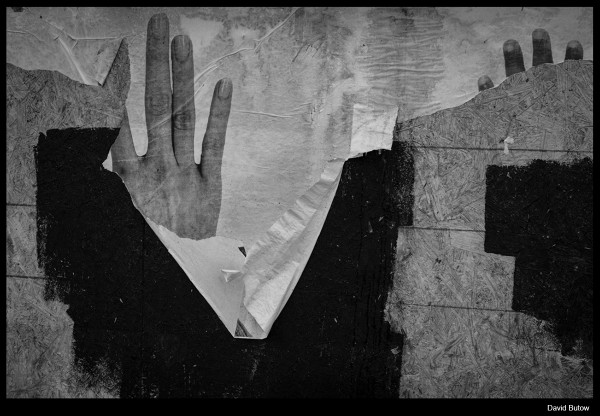
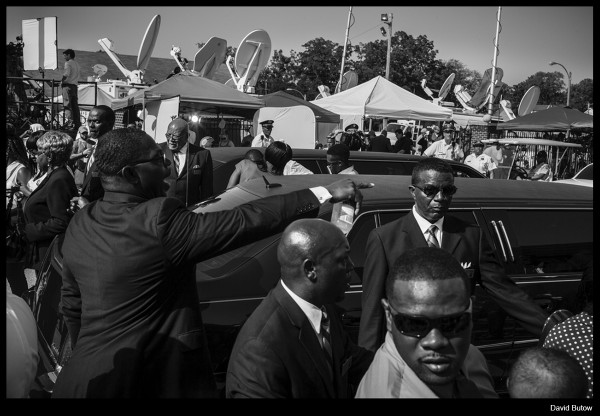
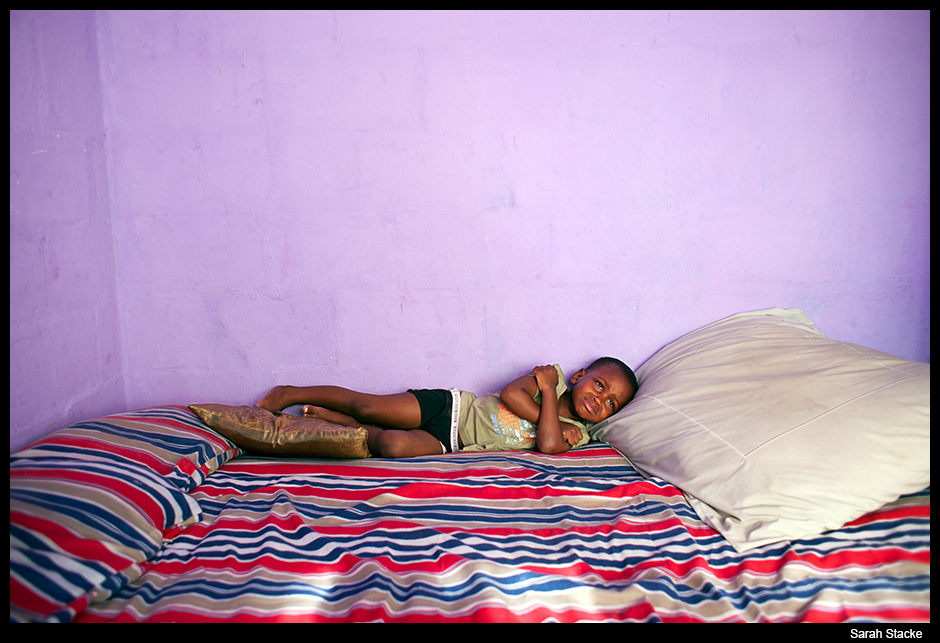
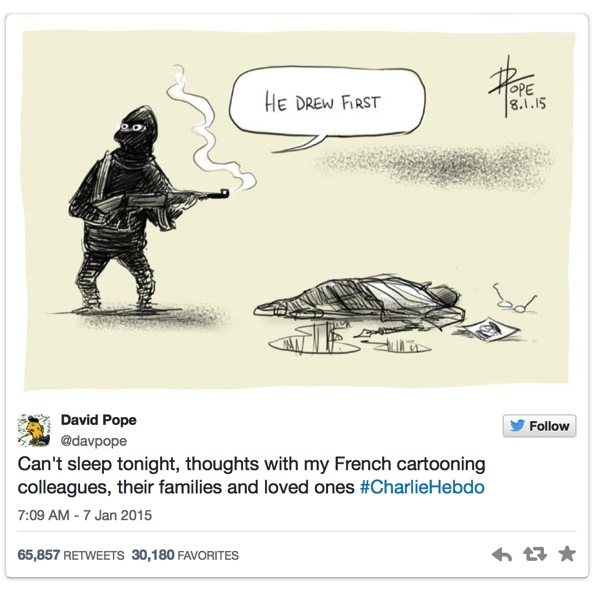
Reactions
Comments Powered by Disqus